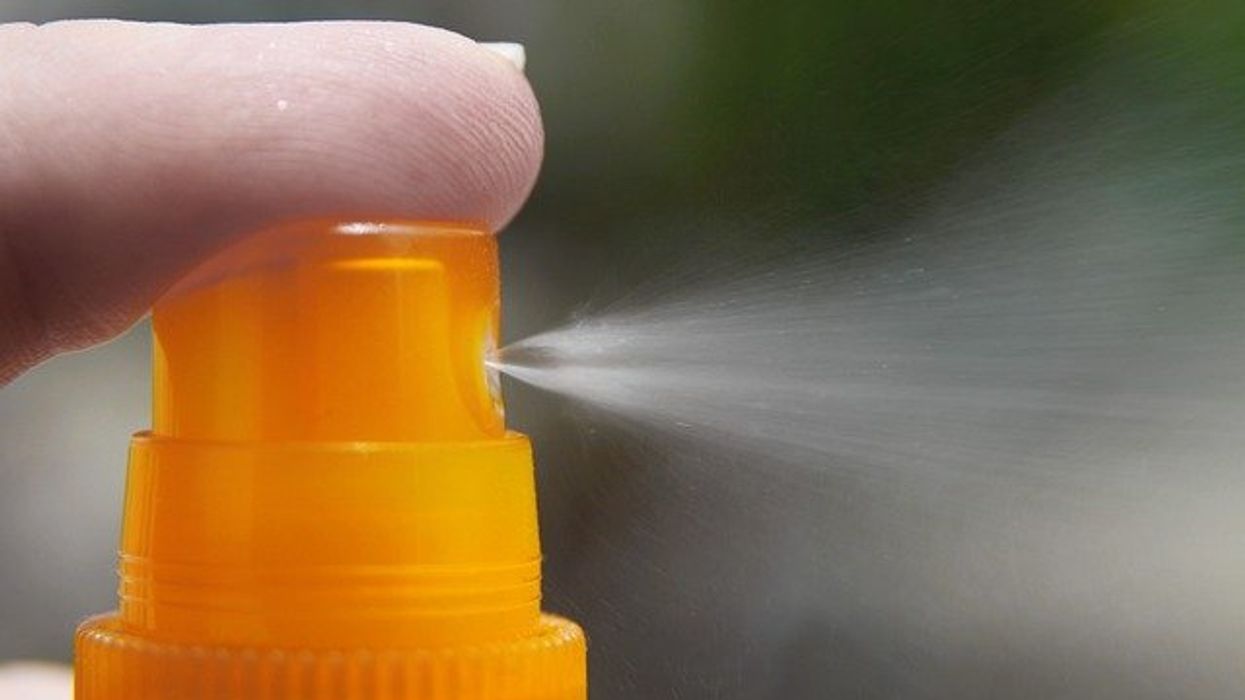In short:
- Residents living in federal housing had blood lead levels that were 11% lower than those of other low-income individuals.
- Levels of lead exposure were less impacted for Mexican American and Black residents than for White residents, suggesting that minority individuals face significant exposure from other sources of lead.
- Federal housing programs enforce protective measures like paint inspections and consistent maintenance that are much stronger than those required for private homes.
Key quote:
“Our research demonstrates that federal policies that invest in affordable and stable housing for very low-income families can also be a means for improving health and health equity.”
Why this matters:
Lead is an incredibly toxic chemical that’s been linked to cardiovascular disease, cognitive impairment, damage to the reproductive and nervous systems, and more. Like many environmental justice issues, the threat of lead exposure is heightened by socioeconomic and racial inequality, which often limits access to safe, affordable homes for low-income and minority families. This paper underscores the potential for government programs like federal housing to increase residents’ access to stable, healthy living environments regardless of their background.
Related EHN coverage:
- Op-ed: A radical solution to make US affordable housing healthy and community-driven
- Why housing security is key to environmental justice
More resources:
LISTEN: Agents of Change in Environmental Justice podcast
- Sabah Usmani on making cities healthy and just
- Nsilo Berry on making buildings healthier
- Diana Hernández on housing and health
Chu, MyDzung et al. for Environmental Health Perspectives vol. 132, 3. Mar. 13, 2024, and Columbia University Mailman School of Public Health’s associated press release.
Science summaries are produced by the EHS science team, including HEEDS.
















